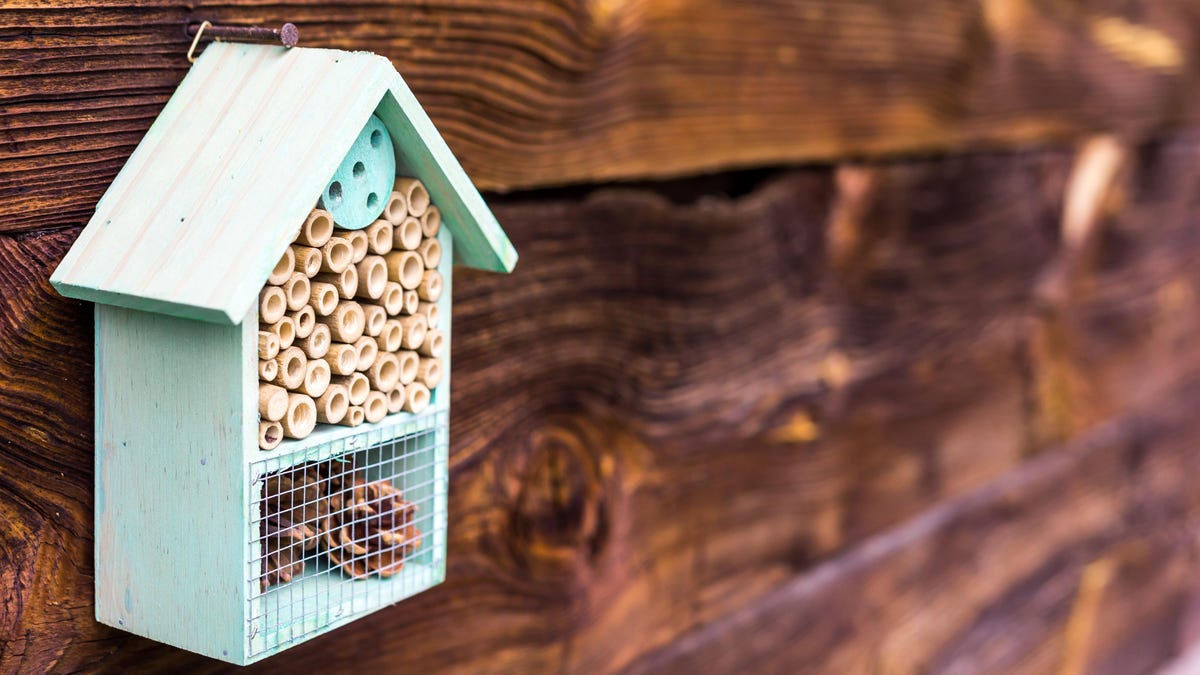Bothying for beginners: How to stay for free as a first-timer at one of Scotland’s rural retreats
These remote dwellings make for a rustic and exciting night in the wild; Sian Lewis explores how to try it for yourself

Sign up to Simon Calder’s free travel email for expert advice and money-saving discounts
Get Simon Calder’s Travel email
Feeling the urge to escape to the great outdoors? Big nights out don’t get much wilder than bothying. A bothy is a simple, remote dwelling that you can stay in for free – these no-frills cottages and cabins are places to rest your head, with four walls, a roof, a sleeping platform and, if you’re lucky, a wood-burning stove. While bothies are basic, they often come with epic views – these shelters are usually found in mountain passes, on the shores of lakes, hidden in the woods and perched on Britain’s most rugged shores.
The Mountain Bothy Association, a charity that does great work maintaining around 100 bothies all over the country, offers hikers and mountain bikers unhindered access to some of the UK’s most spectacular landscapes – and, unsurprisingly, most bothies are in Scotland’s mountains and stretches of wilderness.
Read more on Scotland travel:
One reason that bothies are so special is that you have to earn the right to stay in one – by getting there in the first place. Many are far from any signs of civilization, such as Ben Alder Cottage in the Central Highlands, which requires a 10-mile pilgrimage just to reach it. Others are just an easy hour or two’s walk or cycle, such as Ryvoan in the Cairngorms, reached by a wide path through tall pine trees and along the shores of the glassy clear waters of An Lochan Uaine, the ‘Green Loch’, an amazing place for a wild swim.
The view from the doorway of Suileag, facing out to Suilven, demonstrates the remote surroundings of many bothies
(Sian Lewis)
There’s a bothy to suit just about everyone, from riverside cabins such as Bob Scott’s Hut in the Cairngorms to The Lookout on Skye, a former coastguard’s station, and photogenic Kearvaig in Cape Wrath, often called Scotland’s most beautiful bothy and complete with a white sand beach, a roaring fire and even a disco ball.
All of these magical places are free to use, but part of the culture of bothying is respect – for other users and for the landscape around you. Most hikers follow the Bothy Code, packing up their rubbish and often leaving behind useful bits and bobs such as matches or dried food. There’s a sense of camaraderie around these unique shelters, too – if you share a bothy with strangers, you’ll likely sit around the fire swapping stories of your hiking feats as well as snacks.
When I headed to the Scottish Highlands as part of Helly Hansen’s Open Mountain month, I decided to finally tackle a hiking-and-bothying route I’ve always dreamed of. Assynt in the south-west of Sutherland is one of the least densely populated areas in the whole of Europe, let alone the UK, and instead of roads and inhabitants, some of Scotland’s most impressive mountains call it home.
All of these magical places are free to use, but part of the culture of bothying is respect – for other users and for the landscape around you
Towering over it all is the isolated peak of Suilven mountain at 731 metres high. The ‘crown jewel’ of Assynt requires a 12-mile round trip trek and a painfully steep 500-metre ascent to reach the summit – but it’s all worth it once you step onto the mountain ridge and are rewarded with panoramic views from the dome-like peak. On a hot, clear June morning, I could see vast mountains and deep lochs stretching all the way to the sea below me.
I was just a brief visitor to this corner of wilderness – so what’s it like to work in the rugged remoteness of Assynt year-round? “Assynt’s charm is its sparse population,” says Tim Hamlet, the Assynt Mountain Rescue Team Leader and Helly Hansen partner. “Scotland is well known for its mountain chains in the highland’s mountainous ranges, yet Assynt’s standalone peaks are a true thing of beauty, and it has a one-of-a-kind marrying of mountains and the sea.
“Suilven is also legendary British mountaineer Sir Chris Bonington’s favourite view from a mountain’s summit – quite something for such an experienced, decorated mountaineer!”
The view from Suilven is Sir Chris Bonington’s favourite from a summit
(Steve Bittinger)
Tim has some tips for anyone heading out into the mountains he helps to keeps safe.
“If it’s your first time to Assynt, ensure you plan and prepare for your venture from start to end. If you are a lone traveller, share your plan with a friend or family member, with expected times for your arrival and departure.
“In an emergency, call 999 and ask for police, then mountain rescue. Make sure your phone is fully charged and you are carrying a portable battery pack. Ensure you are wearing high-quality, durable kit and gear that is fit for purpose, and is waterproof and breathable.”
Assynt’s standalone peaks are a true thing of beauty, and it has a one-of-a-kind marrying of mountains and the sea
Back down in the valley, the only sign of the human hand in the landscape was the snug and inviting Suileag bothy in Suilven’s foothills. By bothy standards, this shelter is smart, spic and span, with two separate bedrooms sleeping up to eight people each on wooden platforms, plus an open fireplace and windows that perfectly frame the mountain summit. It’d be a cosy haven on a winter’s day, when you could light a fire and warm up by the flames – a kind soul had even left some candles and an inch or two of whisky behind.
On the hot, still evening when I arrived, the bothy was pleasingly cool and shady and, best of all, kept the cloud of angry midges that had been following in my wake all day firmly outside. I had the place to myself, so I made tea, lit candles and watched the midsummer sun set slowly outside as I laid out my sleeping bag on a wooden platform.
The sleeping quarters for the night at Suileag
(Sian Lewis)
In the middle of the night a rumbling storm suddenly broke overhead, and as lightning flashed and rain thundered down on the tin roof I was warm, dry and grateful for the solid stone walls around me. What more could you want from a night in the wild?
Follow the Bothy Code
Respect other users: Leave the bothy clean and tidy with dry kindling for the next visitors. Make other visitors welcome and be considerate to other users.
Respect the bothy: Don’t leave graffiti or vandalise the bothy. Take all rubbish home with you, including perishable food, which attracts vermin.
Respect the surroundings: If there is no toilet at the bothy, bury human waste out of sight. Use the spade (often provided, but bringing your own small shovel is a good idea), keep well away from the water supply and never use the vicinity of the bothy as a toilet. Never cut live wood or damage estate property. Use fuel sparingly.
Respect agreements with the estate: Observe any restrictions on use of the bothy, for example during stag stalking or at lambing time.
Respect the restriction on numbers: Large groups and commercial groups should not use a bothy.
Sian explored Assynt as part of Helly Hansen’s Open Mountain month, an initiative to inspire and enable people of all abilities to get outdoors with events across the world.
Check out Sian’s collection of walking routes to amazing bothies across Britain, mapped on Komoot.
Read our best Scotland hotel reviews

 BigThink
BigThink 































